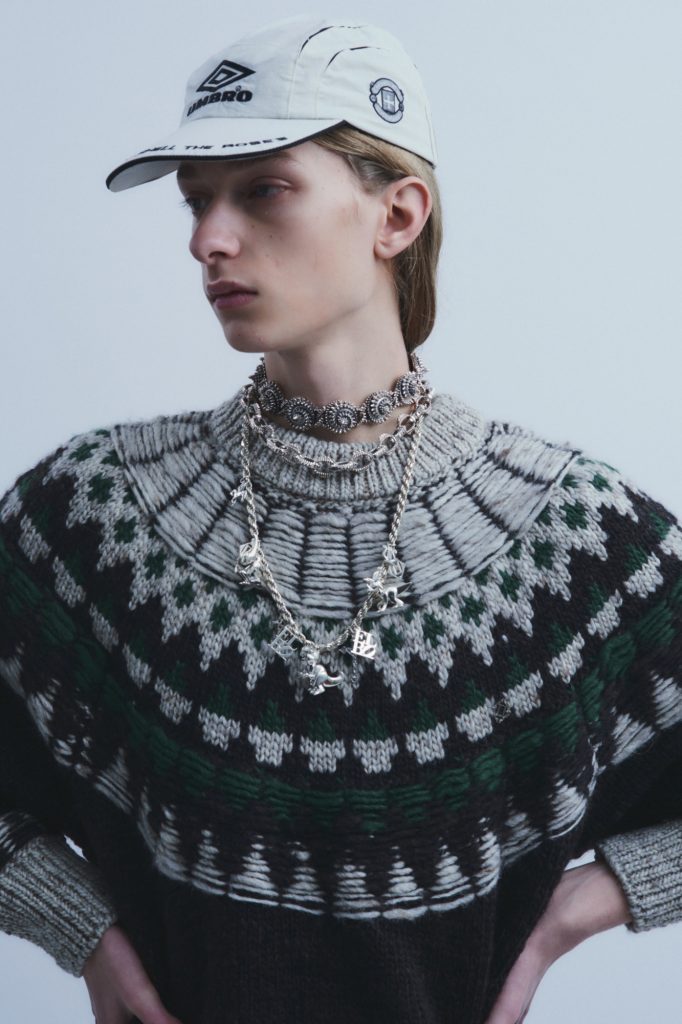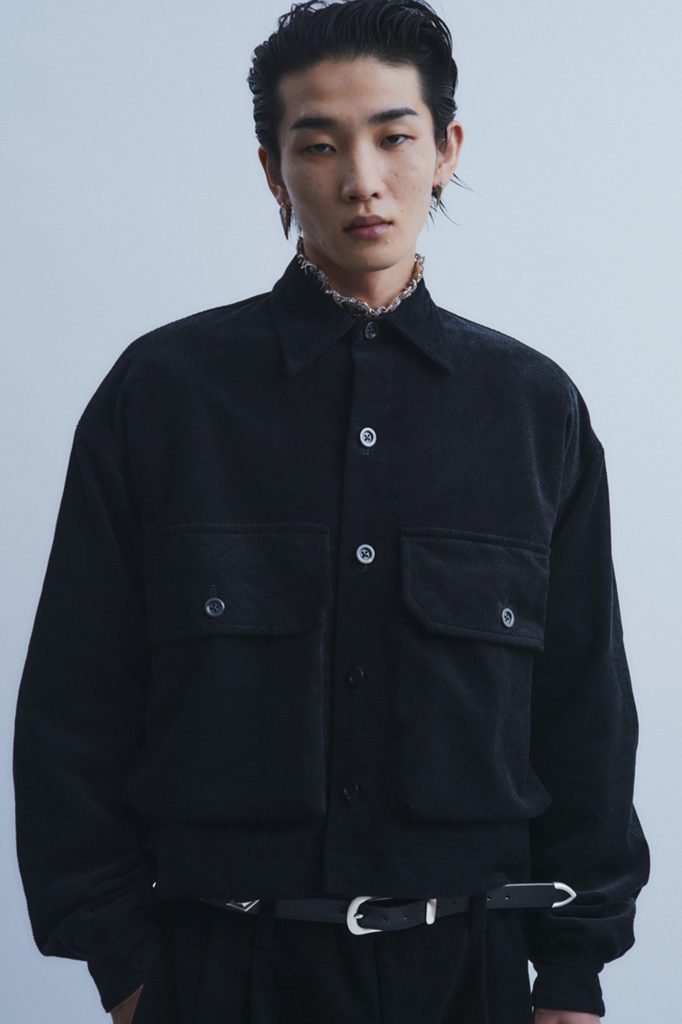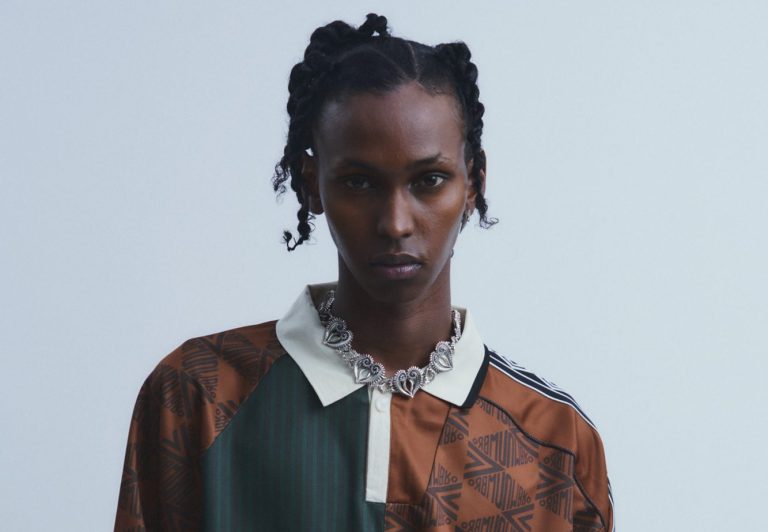

What does it mean to create a fashion line that defies trends, speaks to deeply personal history, and embodies a spirit of defiance? Hideaki Shikama, founder of Children of the Discordance, has spent his career transforming raw fabrics and memories into a brand that champions individuality over convention. Known for bold patchwork designs and a blend of street and high fashion, Shikama’s work draws on the rich cultures of hip-hop, skateboarding, and Tokyo’s vibrant streets. Now Shikama reveals the driving philosophy behind his designs, his lifelong pursuit of authenticity, and his belief in crafting pieces that “give courage” to their wearers, even years down the road.
hube: Your designs are known for their bold patchwork and use of vintage fabrics. How do you take something as iconic as the bandana or military fabric and turn it into a piece that speaks both to street culture and personal history?
Hideaki Shikama: I have believed throughout my career that my interpretation of Discordance is One and Only. The biggest reason for using patchwork and vintage materials is that each piece is unique, thanks to the faded fabric and distinctive patchwork, which are difficult for other brands to express. I like how Discordance has an overwhelming ‘strength’ in its clothes. The brand’s signature material selection and patchwork sewing techniques will remain even if the brand grows a little in the future. Many of the COTD atelier team members share my background, and I think the cultural feel of the clothes is exuded in the production because of the influence of many members who have been successful in a similar era.
Our collection does not fit into a genre. Our experience of living with music and fashion as a part of our lives for over 30 years is reflected in various designs, details, textiles, and graphic designs. I believe that we can maintain strong production because the staff in the atelier share the same sensitivity as I do. It’s a great environment.
h: Your collections seem to exist at the intersection of streetwear and high fashion, all while maintaining a raw, rebellious edge. How do you balance the spirit of non-conformity with the demands of the fashion world’s commercial landscape?
HS: I have been wearing and touching a huge variety of clothes since I was 11 years old while street skating and many of my collections have become archives that have continued to this day, which has led to the position of this brand. Since 1991, I have been exposed to skatewear, American vintage, Tokyo street culture, LA and NYC street culture, London street culture, and fashion brands. I have collected not only clothes but also records, posters, stamps, coins, and banknotes from all over the world. I think this is why I feel that I have a wider range of designs and a broader cultural sensibility than other designers.
I believe the rough and rebellious nature of my designs is heavily influenced by my own background.
When it comes to business balance, I work hard every day to ensure the success of the brand, but perhaps this is because I’m not the type of person who wants to acquire a lot of money and own luxury watches and cars.

